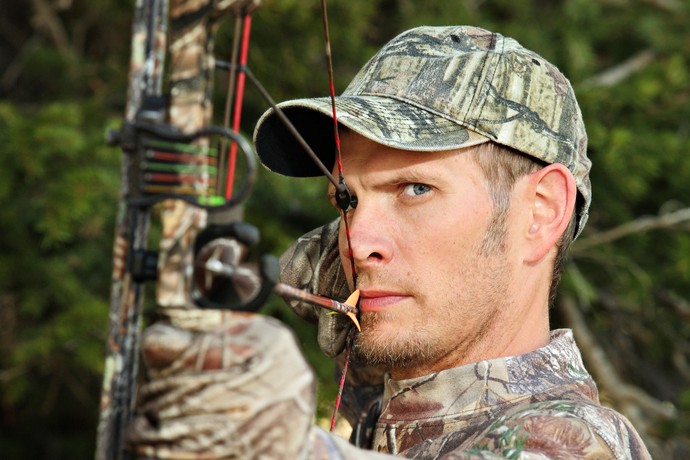Advertisement
These days, bowhunters seem to have an endless choice of bow accessories. Just recently, for example, I needed to purchase a new sight and I found the task rather daunting. I basically knew what I wanted and how much I wanted to spend, but I still ended up wandering pro shops for hours trying to decide what brand and model to choose.
I finally settled on a no-nonsense, rock-solid four-pin sight in the $100 range. How did I make my choice? I narrowed down my search by looking for a sight that would serve my purposes for the species and terrain I hunt. Key here is deciding which of the two most common types of sight best suits your needs: fixed pin or moveable.
Advertisement
Fixed-pin sights
Fixed-pin sights have anywhere from one to six different pins, though it’s most common to see three or four. Each pin is set to correspond with a particular distance. With a four-pin sight, for example, you would typically set the pins at 20, 30, 40 and 50 yards. To aim, you place the centre of each pin on the spot you want to shoot at the corresponding distance. And while there is the option of sights with five or even six pins, more is not necessarily better, especially for beginners. The sight picture is just too crowded and there’s more chance for pin confusion.
Also note that today’s bows are much faster than those of 10 years ago, so “pin gap”—the distance between each pin—is getting tighter. My favourite hunting bow has a pin gap of 3/16 of an inch and I’m very comfortable with that. When I shoot faster bows with a pin gap of 1/8 of an inch or less, however, I find it much harder to focus on the proper pin in a hurried situation. And let’s face it, when hunting whitetails, things can happen in a real hurry.
Advertisement
For me, it’s much better to use just two pins set for 20 and 40 yards on very fast bows for whitetails. It’s less confusing, and for shots between those distances, I simply compensate between the pins. If my target is 25 yards away, for example, my 20-yard pin will shoot a bit too low and my 30-yard pin will shoot too high, so I’ll “gap shoot” by splitting the difference and holding somewhere between the two pins.
Moveable-pin sights
With moveable pin sights, the entire sight housing raises up or down via a system of brackets, levers or gears. They have a single pin that can be adjusted for any distance in just a few seconds. This sight really shines when you have the opportunity to range an animal with a range-finder before the shot. This doesn’t happen too often when hunting in a big-woods environment, but if you hunt moose in clear-cuts, field hunt whitetails or spot-and-stalk mulies out West, a moveable sight just might be the ticket.
By simply turning a knob, or sliding a bar to the pre-marked yardage, you have only one pin to focus on—there are no other pins that can confuse you or block out your sight picture. With practice, adjusting the pin becomes an easy-tomaster part of your pre-shot routine.
On the downside, animals seldom stay stationary for long. After you’ve ranged the animal and adjusted the sight to the corresponding yardage, it will typically start moving before you can make the shot. You then have to start the process all over again.
So, what’s the right type of sight for you? I prefer a fixed-pin sight wherever I hunt. I know many very successful bowhunters, on the other hand, who use moveable sights in every type of terrain. In the end, it’s simply a matter of personal preference.

